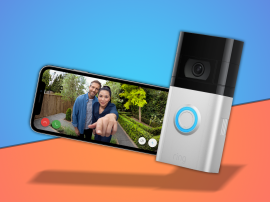LG G6 review
Bezels get banished in LG’s best flagship phone to date
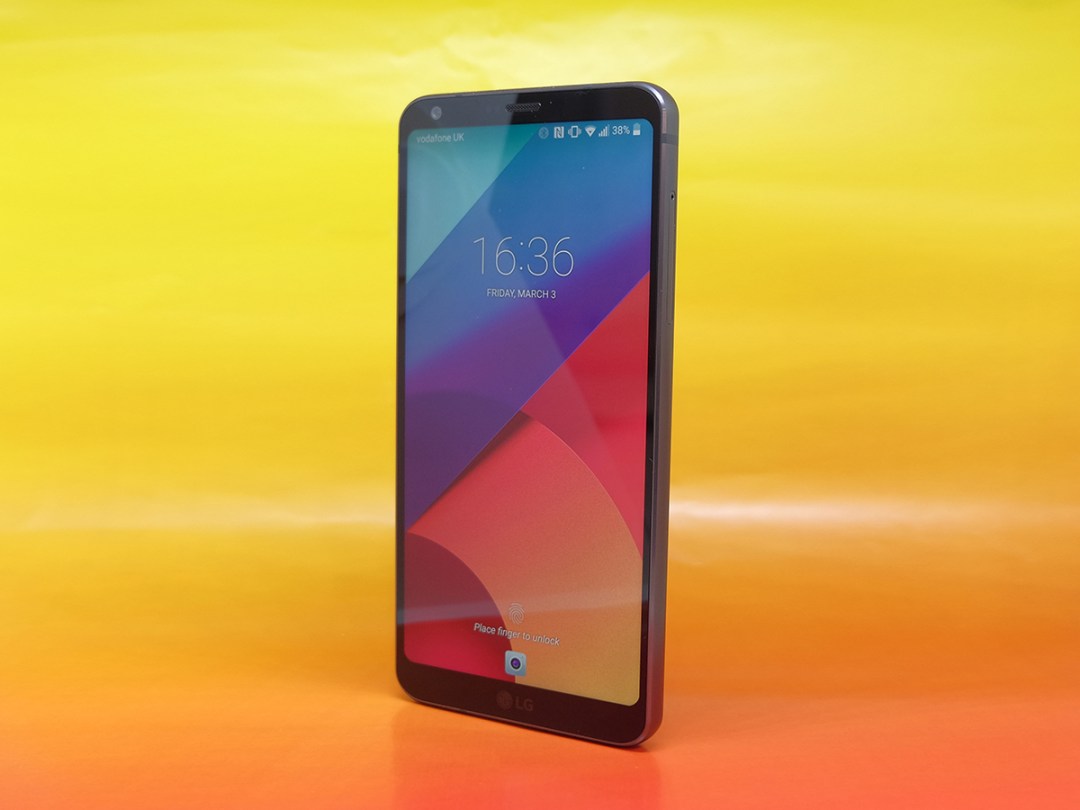
How do you go from niche appeal to mass-market crowd pleaser? It’s the question LG has been battling with since the modular G5 sunk faster than a lead balloon.
The answer, apparently, is to ditch the upgradeable antics and double down on everything you could want from a flagship phone.
That’s not to say this is just a by-the-numbers upgrade, though: take one look at that 18:9 display, with those barely-there bezels, and it’s clear that the G6 is something special.
After switching from our early pre-production version of the G6 to a finished retail model, and giving it a thorough test, I’m finally ready to deliver a full verdict.
Yes, it might be overshadowed by a certain Samsung, but this is still a fantastic phone.
LG G6 DESIGN & BUILD: MOVE OVER MODULAR

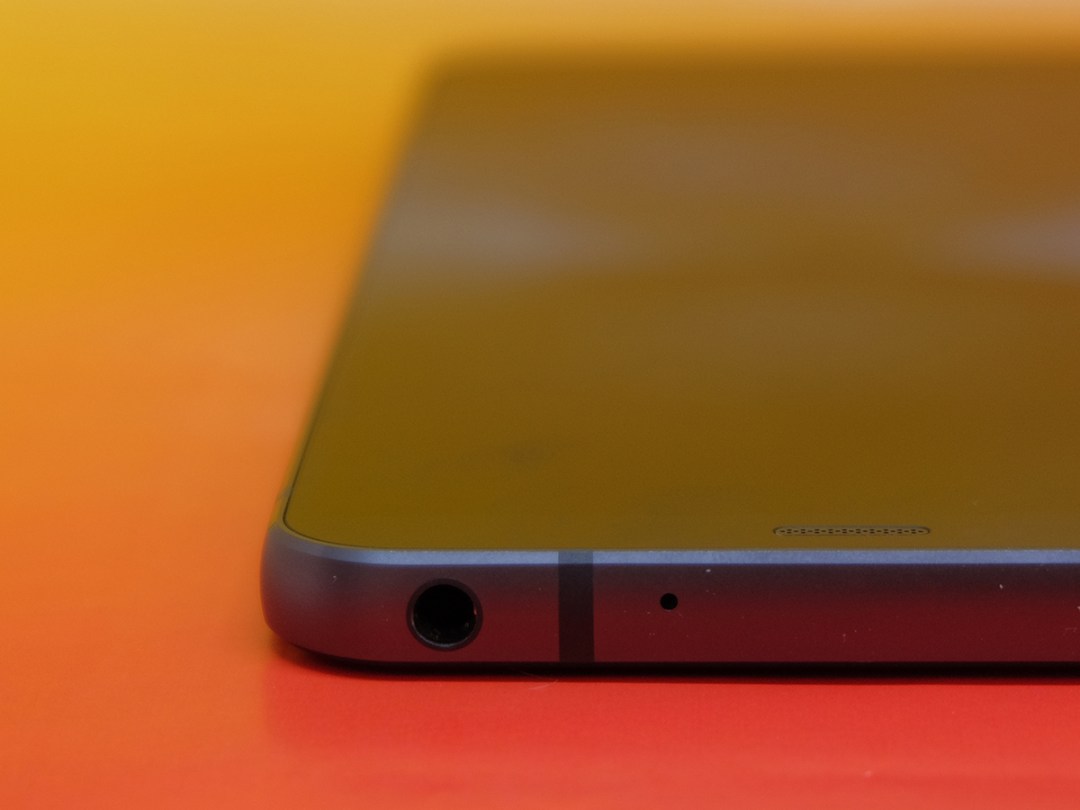
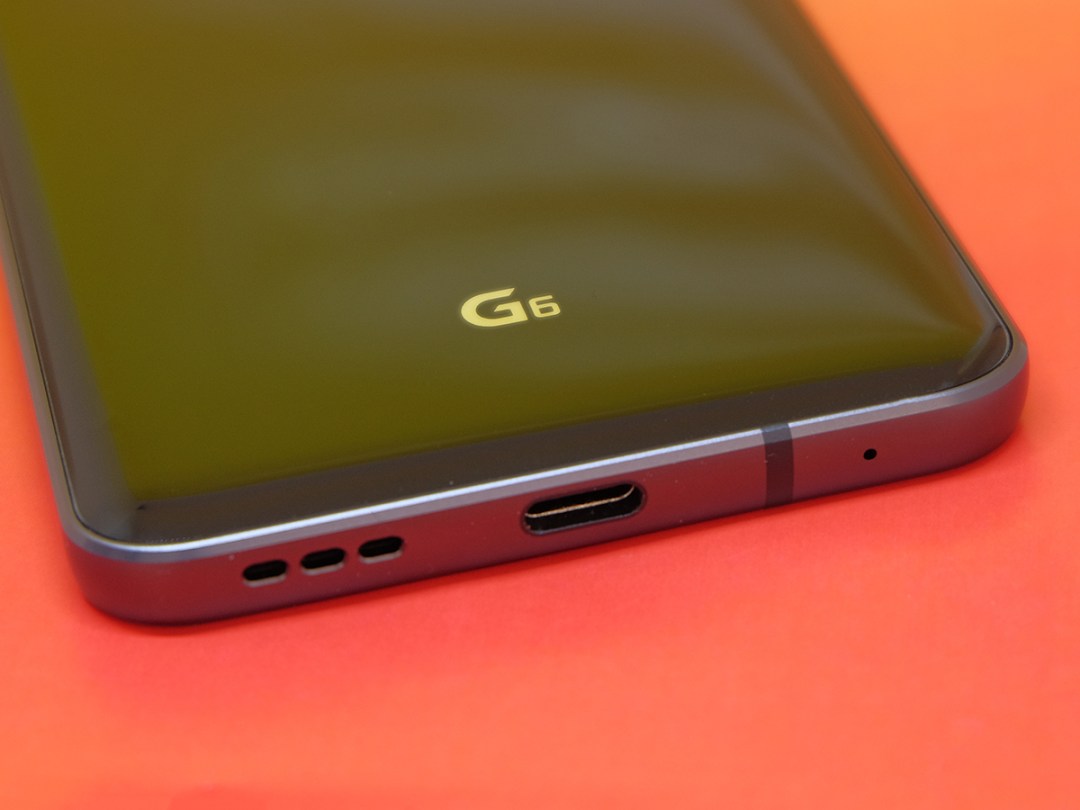
Last year’s G5 was an interesting experiment, but ultimately wasn’t very successful. The idea of a modular phone you could upgrade on the fly never really gained steam with the wider world – even if we loved the idea here at Stuff.
Motorola fared better with its Moto Mod accessories, which could be swapped in and out without shutting your phone down first. That really didn’t leave a place for LG’s ungainly upgrades in 2017, so they’re gone now.
Instead, the G6 is a sealed sandwich of metal and glass.
It’s an approach that paid off: You might not be able to remove the battery any more, but the G6 is a stunning slab of smartphone elegance that easily holds its own with the current crop of flagships.
It feels every bit as luxurious as a Galaxy S7 Edge, if not quite as attention-grabbing while that unique screen is switched off – there are no curved screen shenanigans here.
At 7.9mm it’s a little chunkier than the G5, but it’s narrower too, and sits comfortably in your hand. The Gorilla Glass 5 rear has slightly rounded sides that better fit your grip, so I didn’t feel like the phone was going to slip out of my palm at all.
After a few weeks of being pulled in and out of my pocket, it has so far stayed resistant to any visible scratches, even if my Astro Black sample is something of a fingerprint magnet. The silver version fares much, much better, but has more noticeable bezels on the front; here, you’ll struggle to spot where the screen ends at all. It visually sinks into the frame as soon as the phone enters standby.
If only there was a version with a black front and silver back – make it happen, LG.
LG picked the perfect place for a fingerprint sensor all the way back with the G2, when it stuck the power button on the rear – even if it took two more phones to actually turn it into a fingerprint sensor. It’s no surprise to see it return in the same place here, sitting right where your finger rests, so you don’t need to fish around for it blindly every time you unlock the phone.
It’s IP68 dust- and water-resistant, of course. What self-respecting 2017 flagship isn’t? It’s able to withstand a dunking down to 1 metre for up to 30 minutes, and you don’t need to cork the USB-C port on the bottom, or the headphone jack on the top before you get wet, either.
The fact there’s a headphone socket at all shows that LG isn’t just singing from the Apple hymn sheet. If you do decide to cut the cord, though, you won’t lose out on sound quality: the G6 has aptX HD Bluetooth, which offers hi-res wireless streaming.
The single speaker at the bottom of the phone is surprisingly capable, with real clarity and no harsh frequencies when you crank up the volume. I didn’t need headphones just to watch YouTube clips, but you’ll still want to pop on a pair of cans for any critical listening.
It’s the only way to do justice to the gorgeous display.
LG G6 SCREEN: WHERE’S THE BEZEL?
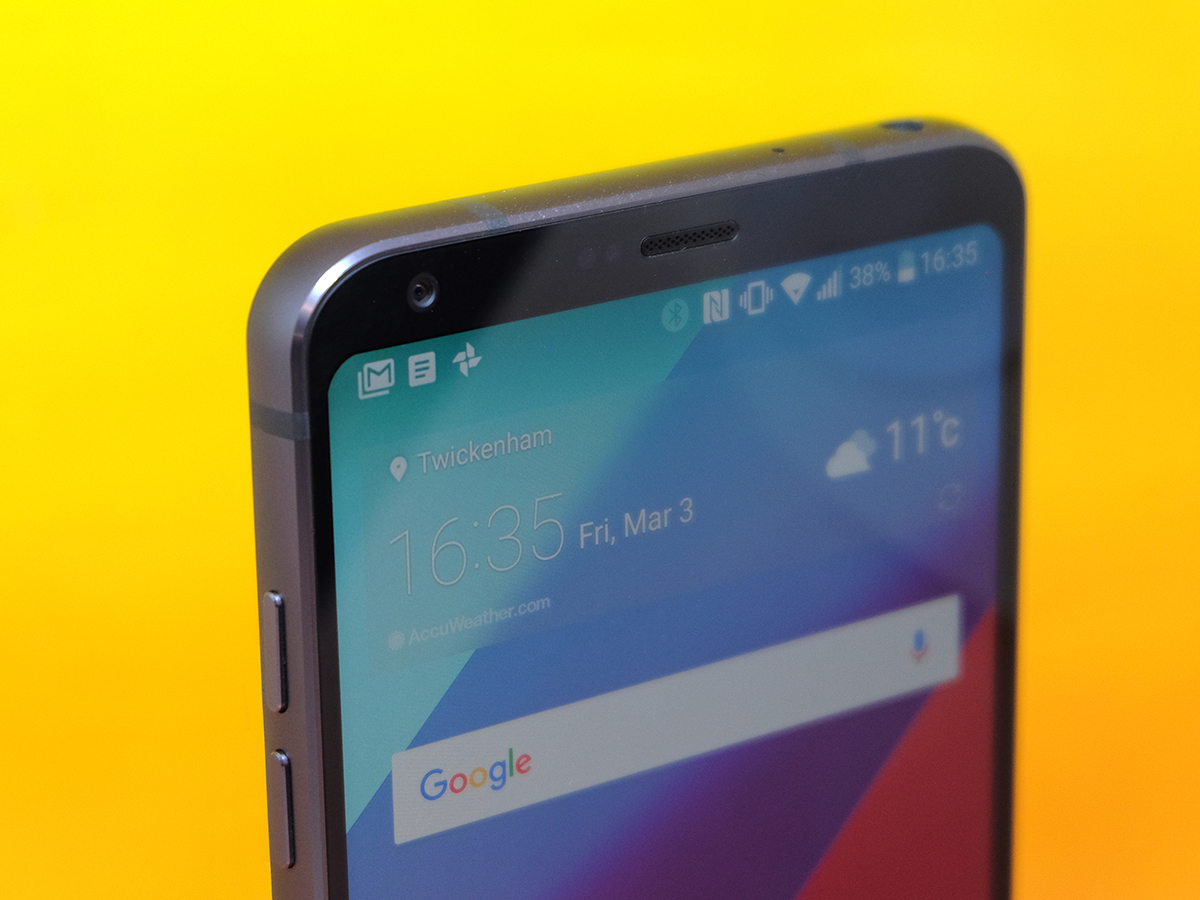
The 5.7in panel stands out for two reasons: the novel 18:9 aspect ratio (that’s 2:1, maths fans) and ludicrously slim bezels around each of its four sides.
The 85% screen-to-bezel ratio means it utterly dominates the front, but the phone doesn’t actually take up any more room in your hand than the 5.2in G5. No wonder LG calls it a Full Vision display.
Xiaomi might have managed to shave even more bezel around the top edge of its Mi Mix concept phone late last year, but it had to shunt the front-facing camera to the bottom corner to make it happen. That basically meant you ended up looking like a triple-chinned monster whenever you took a selfie.
The G6 sensibly keeps it at the top of the screen. That means it’s not quite edge-to-edge, but is still one of the thinnest bezels ever fitted to a phone. At least until the Galaxy S8 arrives in April, adding curved edges into the mix as well as skinny bezels of its own.
Swapping to 18:9 hasn’t impacted on ergonomics much. I could still reach the top of the phone with one hand. Just about.
The extra space means extra pixels, so the resolution gets a bump too – up to 2880×1440. As you’d expect, everything looks pin-sharp, both from arms’ length and when you’ve got your nose pressed to the glass.
I love how LG has rounded off the corners of the panel, too, making it look like the pixels themselves are curved. I couldn’t spot a single right angle anywhere on this thing.
Oddly, though, it’s protected by Gorilla Glass 3 – not the newer Gorilla Glass 5, like you’ll find on the back. The camera lenses use Gorilla Glass 4, too. Why not just stick with one kind of glass?
The panel itself sticks with LG’s tried-and-tested Quantum IPS tech. It might not have the deepest blacks or most vibrant colours, like you’d get on an OLED panel, but it has fantastic viewing angles and is plenty bright enough.
HDR HERO
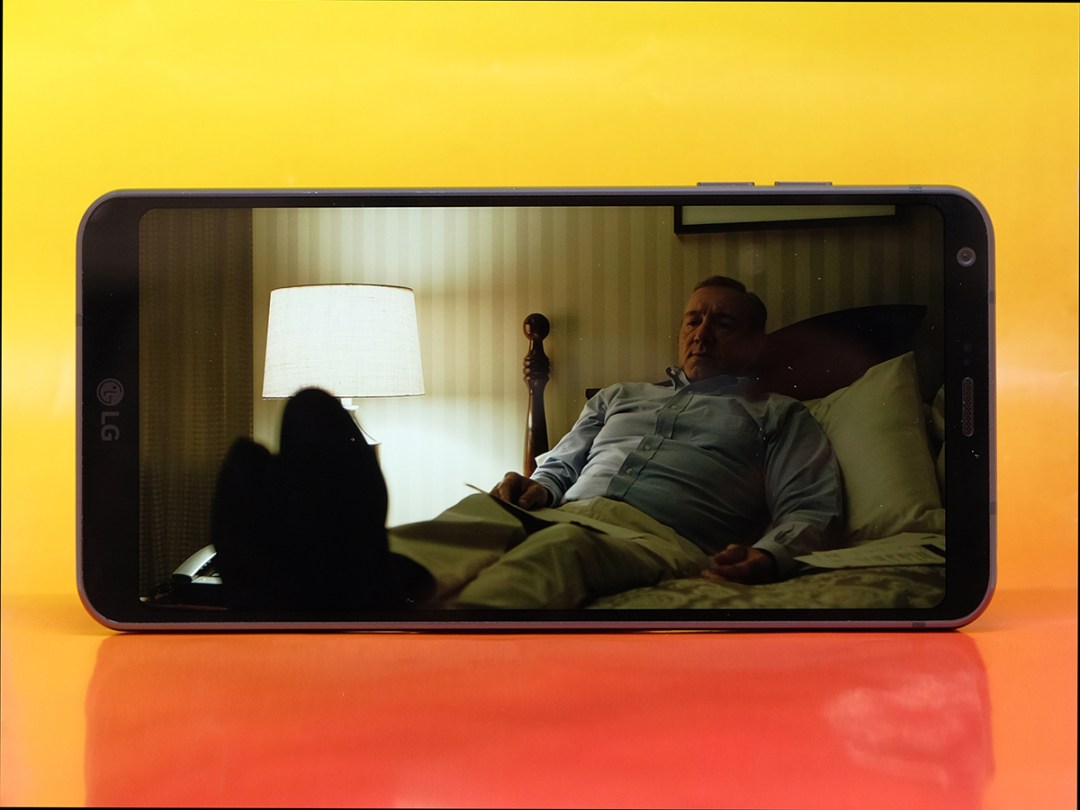
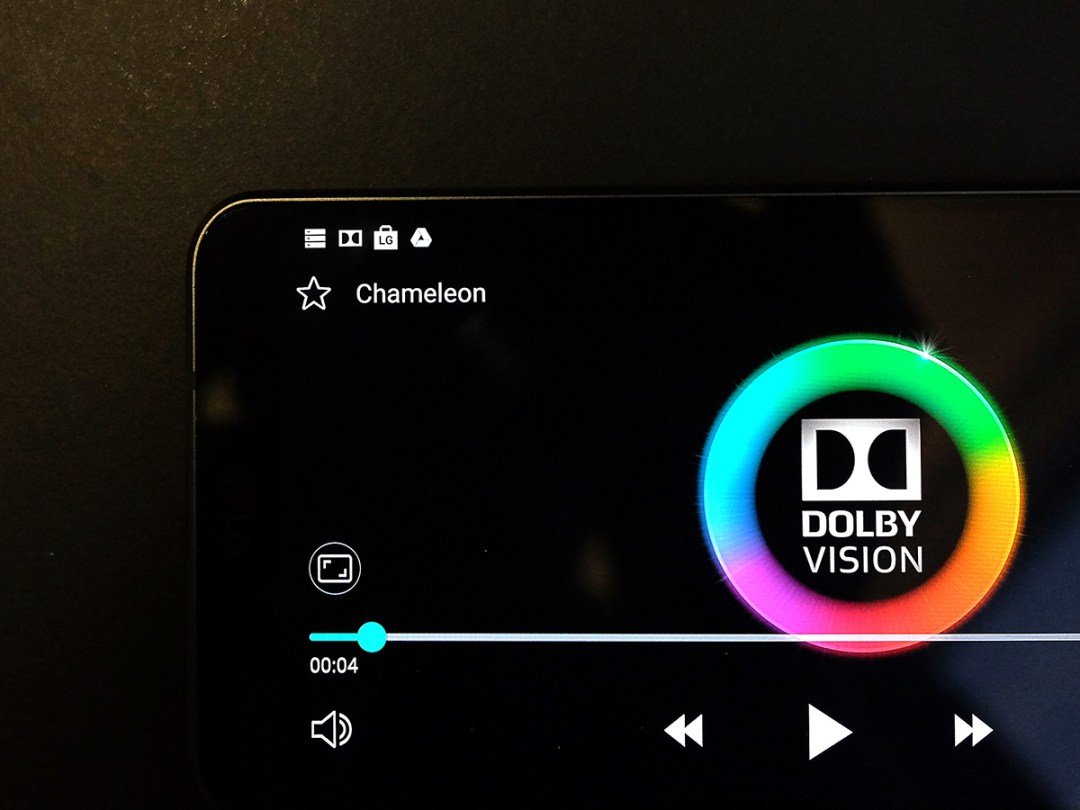
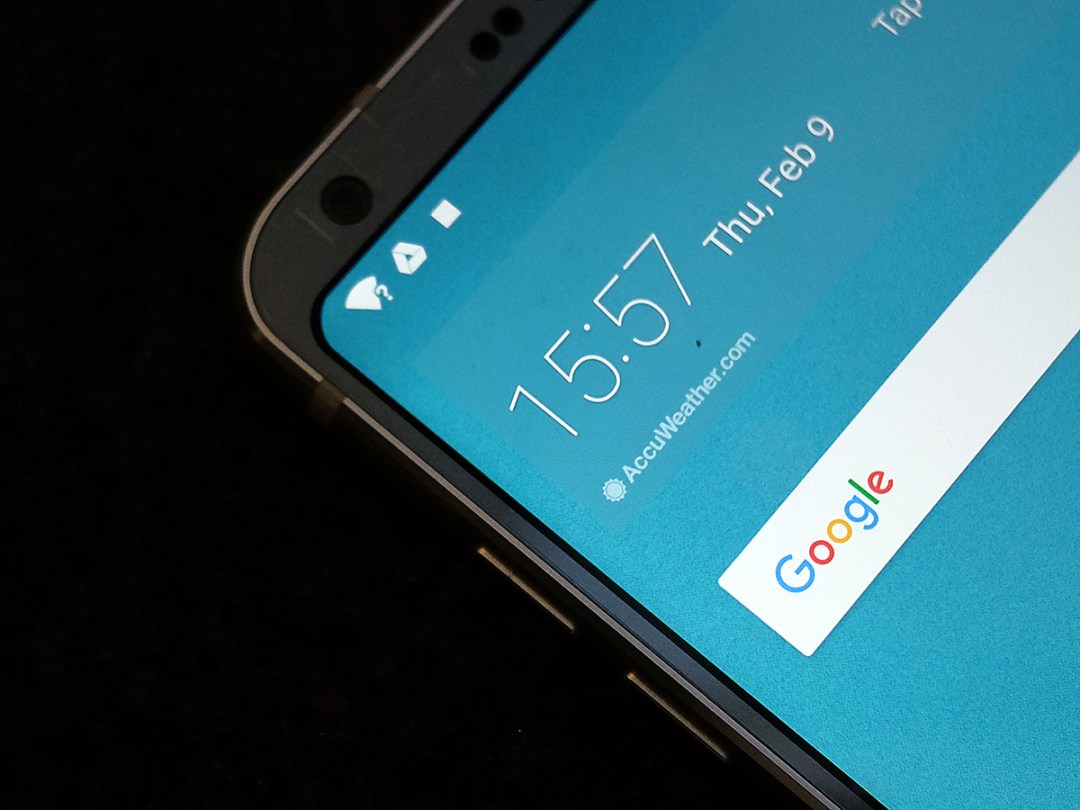
The odd aspect ratio isn’t LG’s only party trick, either. The G6 such a wide colour gamut that video experts Dolby have certified it for Dolby Vision HDR video. It can play back HDR10 videos too.
Samsung did HDR last year with the ill-fated Galaxy Note 7, but it wasn’t Dolby-certified, and there wasn’t much in the way of content. That’s only partly true here: the phone ships with a single demo clip, but both Netflix and Amazon have pledged to support HDR streaming to mobile very shortly.
Is High Dynamic Range video really worth it on a phone, though? I think it will be, once the content is easy to get hold of.
I’ve seen HDR and SDR versions of LG’s demo video running side-by-side on two G6 handsets, and you really can see an improvement in the HDR version.
Bright whites can be onscreen with deep blacks at the same time, with all the subtle variations in between. The vibrant colours looked seriously impressive, and shadows aren’t washed out whenever a bright light source appears onscreen.
Because the screen isn’t as blindingly bright as a 4K HDR TV, it doesn’t seem to drain your battery faster, either. HDR and SDR came out about the same in my tests.
LG G6 FEATURES & SOFTWARE: SPACE TO SPARE
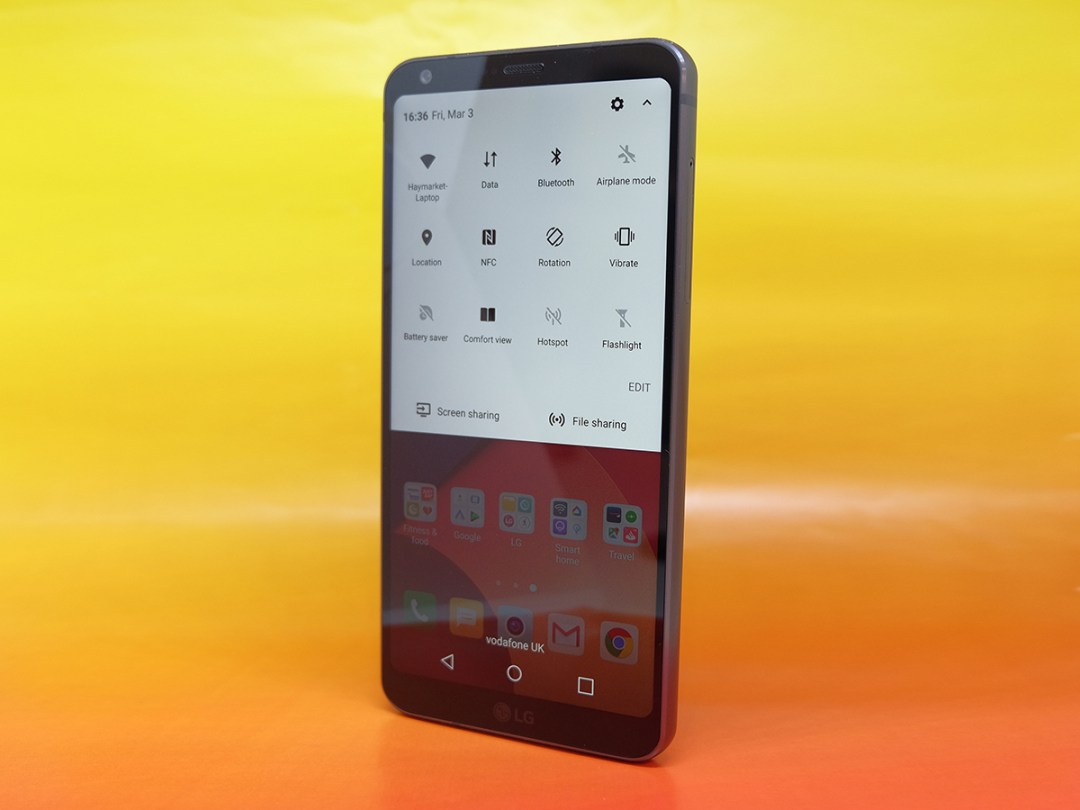
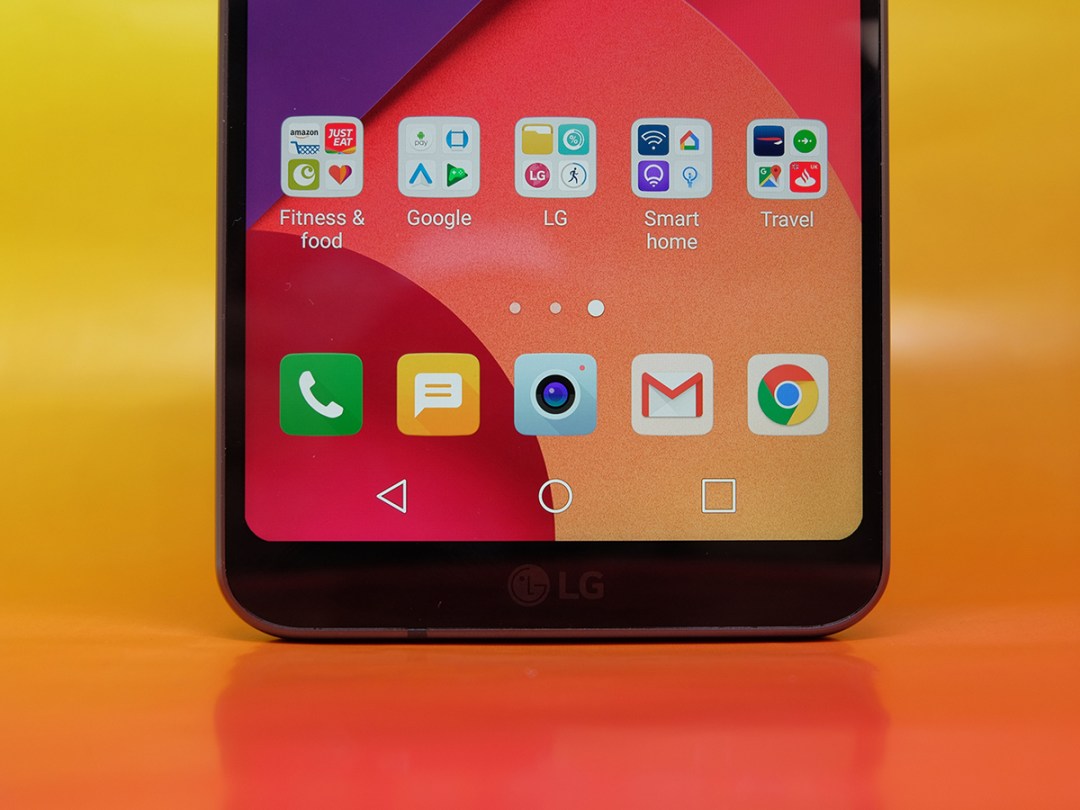

If you were expecting all your apps and games to have huge letterboxes because of the new aspect ratio, think again. Many apps fill the screen automatically, and LG has added a dedicated app-scaling mode for the ones that don’t.
This lets you toggle between 16:9, 16.7:9 and 18:9 on the fly. It doesn’t just stretch what’s on screen, either – it actually changes the resolution each app or game renders at, forcing them to all of the available pixels. Neat.
It doesn’t work for video apps, but a lot of Netflix Originals already stream at a 2:1 aspect ratio. I’ve watched a lot of Narcos while writing this review.
The G6 has a few returning software tweaks too, including always-on notifications. This first appeared in the G5, but looks even more striking thanks to the near-invisible screen borders.
It puts the time, remaining battery life, and icons for any incoming notifications onscreen whenever you flick the phone into standby, so you don’t have to wake the screen quite so often.
I liked being able to schedule it, so the screen wasn’t on while I was asleep, but it’s still not very customisable. You can pick one of two clock faces, or put your name onscreen, but that’s about it. As LG has stuck to LCD display tech, it’s also not as energy-friendly as Samsung’s OLED always-on screen, which only illuminates the pixels it needs instead of using a low-brightness backlight.
Another handy extra? Comfort View. This strips back the amount of blue light pumped out by the screen, which can mess up your sleeping patterns. It’s a shame you can’t set it to a schedule like you can on the Google Pixel, though – just toggle it on and off manually.
Everything is running on top of Android 7.0 Nougat, with LG’s UX 6.0 swapping app icons and ditching the app drawer in favour of multiple home screens. Thankfully Android purists can opt to add it back, without having to download a custom launcher.
LG was also the first company outside of Google to use the Google Assistant, an AI helper which is getting smarter by the day as Google adds more skills, and integrates it with more apps and services.
It isn’t quite at the same standard as Amazon’s Alexa just yet, but it can already dig into your Google account and beam YouTube videos to a Chromecast, find calendar appointments and plot directions in Google Maps.
I’m confident Google will improve it steadily over time, and now you don’t have to miss out on it just because you didn’t buy a Pixel-branded phone. More phones have access to it now, but LG was still the first apart from Google to ship with it out-of-the-box.
ONE TO WATCH › OnePlus 3T review
LG G6 PERFORMANCE: PLENTY OF POWER
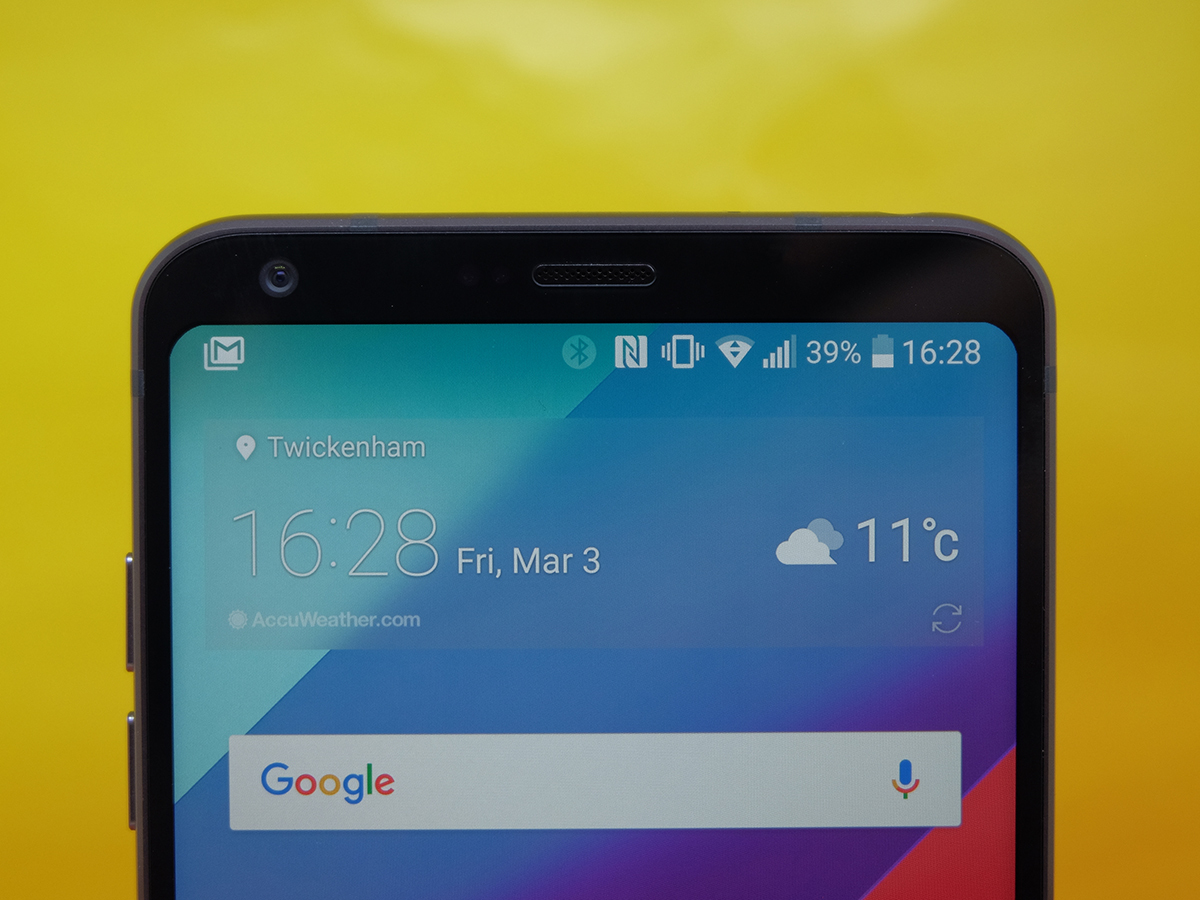
With a Qualcomm Snapdragon 821 CPU on board, the G6 feels incredibly quick – even with UX 6.0 sitting on top of Android Nougat. It easily kept pace with the Google Pixel XL, and 4GB of RAM is plenty for multitasking.
The Adreno GPU is about as quick as smartphones get for gaming, too. There’s nothing in the Google Play Store that won’t run smoothly here, even with the bump in resolution to accommodate for the 18:9 aspect ratio.
The G6 is fast, then, but it’s a mystery as to how it will stack up against the upcoming crop of Snapdragon 835 phones set to arrive over the next few months. Buy now and you won’t be disappointed, even if you won’t be topping any benchmark tables by the summer.
32GB of on-board storage is par for the course, but the microSD card slot built into the SIM card tray means you can add up to 2TB of extra space if you need it. Once microSD cards that big actually go on sale, anyway.
Battery life is really the only blemish on the G6’s record. The 3300mAh cell might be bigger than the one found in last year’s G5, but obviously the bigger screen places a bigger strain on it. The G6 is merely OK here – expect a full day between top-ups, not a day and a half. The Huawei P10 lasts marginally longer, but both fall short of the OnePlus 3T.
With a lot of 4G Twitter, email and Slack messaging, snapping plenty of photos, watching a few YouTube videos and listening to music, I was averaging less than ten hours of use before being completely drained. Left on a bedside table overnight, and with always-on notifications disabled, it lost a more healthy 8%. Standby battery life is actually very good, so it’s a shame the percentage takes a nose-dive whenever you start properly using the phone.
Only American owners get wireless charging, too – the rest of the world is forced to use USB-C. The phone does support Qualcomm’s FastCharge 3.0 for quick top-ups, though. You get a compatible plug in the box, and it takes less than an hour to get a full charge.
LG has added some game-specific battery saving modes as well, which adjust frame rates and lower the resolution of certain apps, on top of Google’s own Doze power saving. They could come in handy if you’re an Asphalt 8 addict, helping you get home after work and still have a little bit of power left.
LG G6 CAMERA HARDWARE: TWO CAMERAS ARE BETTER THAN ONE
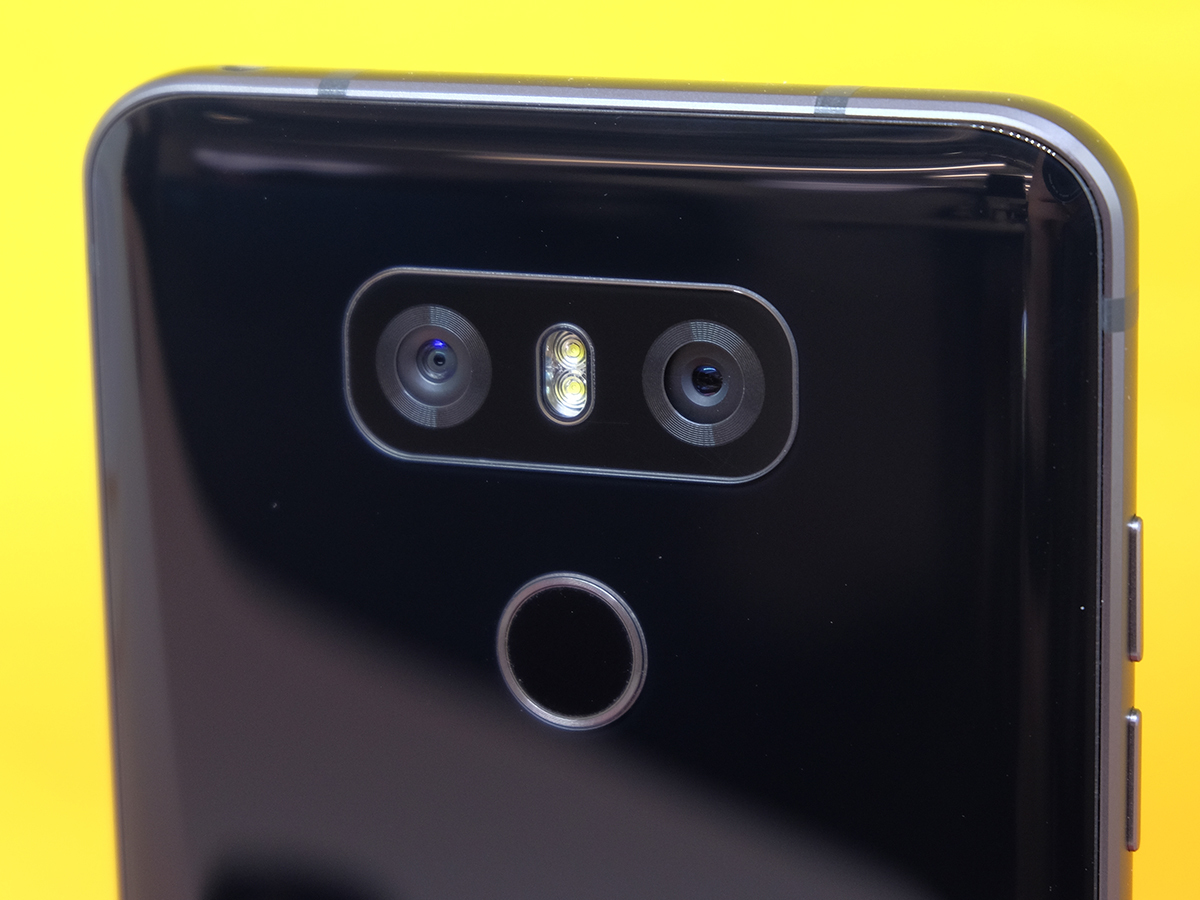
LG was onto a winner with the G5’s twin cameras, at least in theory: one lens handled close-ups, while the other managed wide-angle shots.
Switching between lenses showed noticeable stutter, though, and it was easy to spot the drop in quality in your photos because of the mismatched 16MP/8MP setup.
The G6 gets twin 13MP sensors, which should mean there’s no difference in clarity when you switch from the 71° standard lens to the 125° wide angle one. Your decision as to which sensor you use can be based purely on how much of a scene you want to fit into each snap.
Things are a bit more complicated than that, though: only the standard angle lens has optical image stabilisation. Laser autofocus has been ditched in favour of phase detection AF, and is a lot faster.
Side-by-side with the G5, the G6 locks onto subjects far more quickly, and adjusts exposure faster as well – I never felt like I’d missed the shot because the phone was still tracking my subject. It’s arguably a fraction behind the Google Pixel in terms of raw speed, and the Huawei P10 does a fantastic job too, but it’s still up there with the best phones for sheer usability.
LG G6 CAMERA QUALITY
Give it good light, and the G5 can take fantastic photos using either lens. There’s ample detail, colours look natural and everything is exposed correctly using auto-HDR, which doesn’t really add any extra time between shots.
Forcing HDR on adds less than half a second of lag, which is roughly on par with the Google Pixel. It’s worth doing indoors, as it does a great job at balancing bright light sources with the rest of the scene – auto-HDR isn’t quite so accurate.
You’ve got to really zoom in to spot where noise reduction and smoothing starts stripping out detail – for the most part, images look beautifully sharp and filled with detail. Samsung’s Galaxy S7 Edge might just still have the… well, edge in terms of quality, but honestly, you’ll struggle to get much better from something you can slip in and out of your pocket.
The wide-angle lens isn’t quite as competent in low-light, on account of it not having optical image stabilisation. Some of my shots came out blurrier than they did when using the standard lens, which you can see in the samples above.
There’s a more noticeable grain across both sensors once the lights go down, but almost all of my shots were perfectly usable – if not quite on the same level as Apple’s iPhone 7 Plus, which arguably still the best phone camera around in low light.
The 5MP camera on the front has a 100° wide-angle lens – much wider than what you’d normally find on a phone. This is great for getting a friend or two into the frame, but it tends to warp your features slightly. Tapping a button zooms in to removes some of that distortion, but the results aren’t as crisp or clean because you’re resorting to digital zoom.
TIME TO PLAY › Motorola Moto Z Play review
LG G6 CAMERA SOFTWARE: INSTAGRAM ADDICT
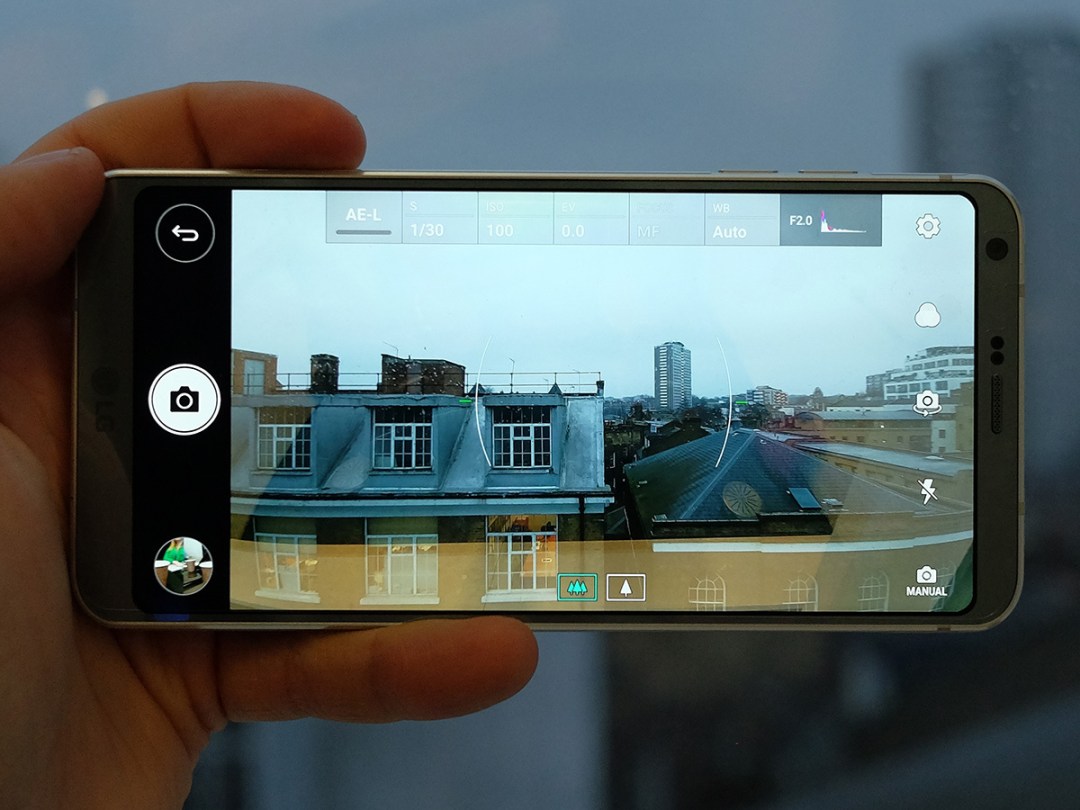
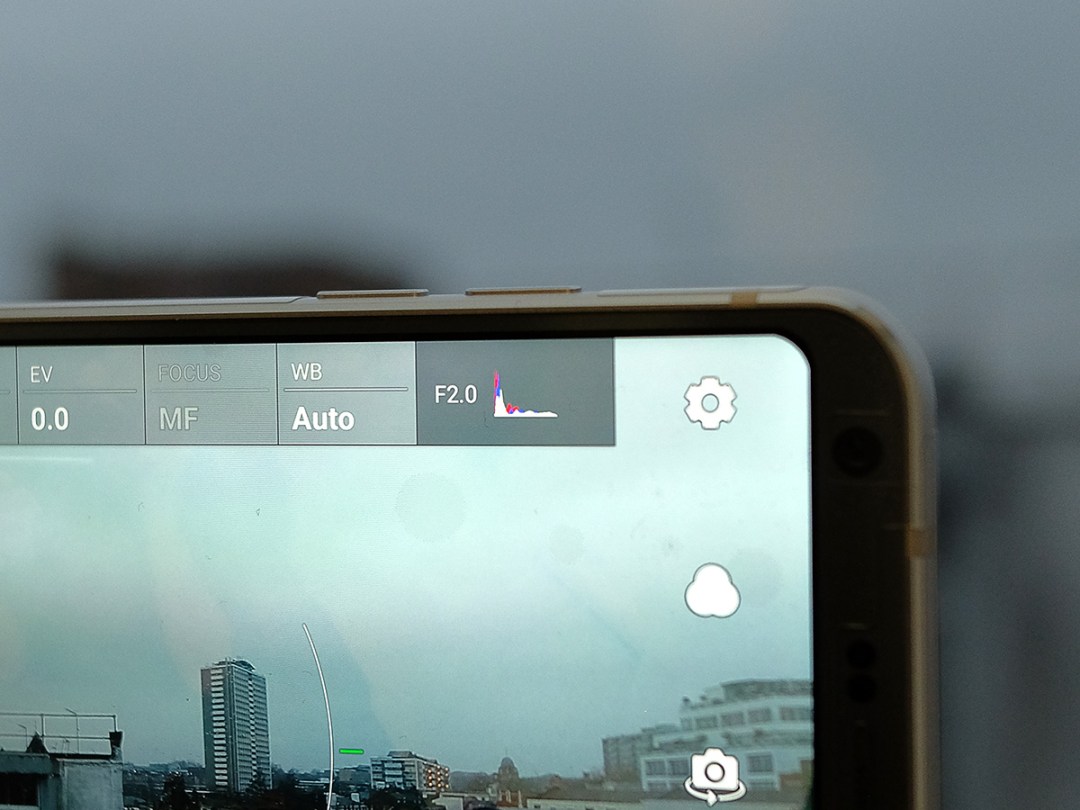
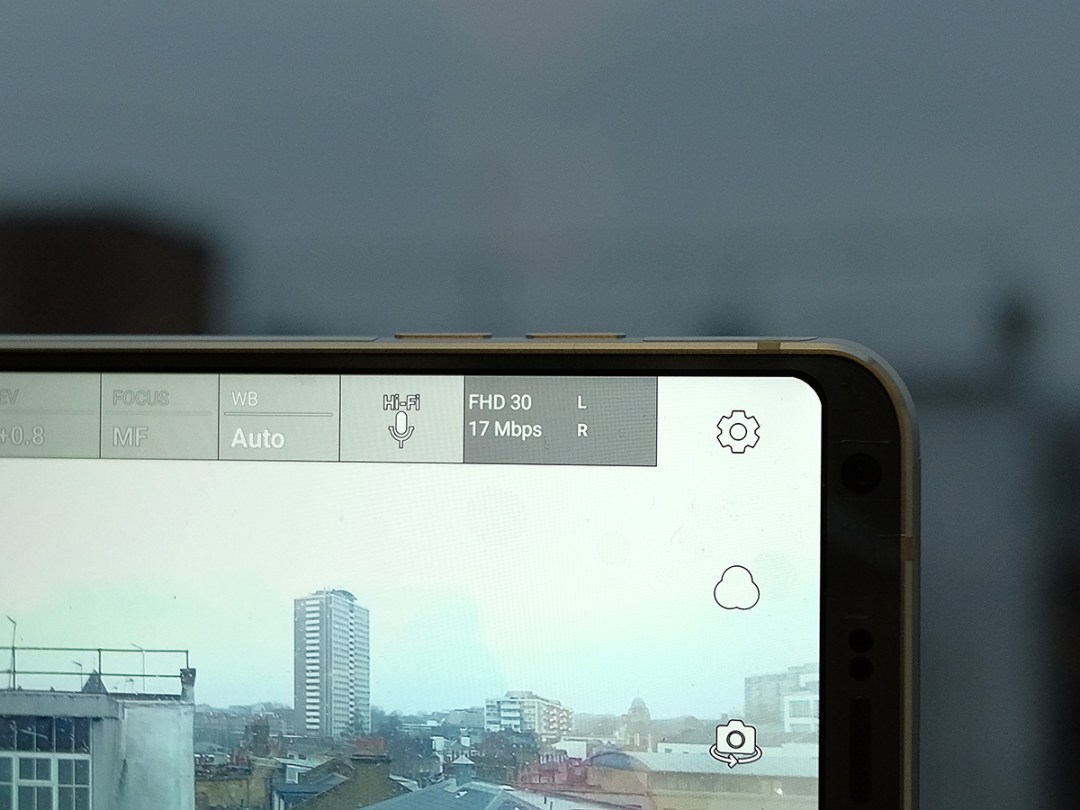
It helps that LG’s camera app makes great use of the larger aspect ratio, putting a photo roll of your most recent snaps at the top of the screen so you can check if you nailed your shot without having to switch into the main gallery app. It means you’ll spend more time actually taking photos, rather than reviewing.
The Grid Shot mode works a lot like Instagram’s Layout app, combining multiple photos into a collage, and the Snap Shot mode is ideal for Instagram addicts – you can see the last picture you took onscreen in full size while you snap a second.
The 360° panorama mode is a lot quicker than Google’s Photo Sphere, as it uses both front and back cameras at the same time. It can’t completely capture the entire scene, cutting off your feet slightly, but I’m more inclined to use it because it’s so much quicker to use.
Instant burst feels incredibly fast, up there with Google’s Pixel for responsiveness. It’ll fire of a burst just by holding down the shutter button.
A lot of the manual modes first shown off in the LG V20 make an appearance here, too, including an on-screen histogram when shooting stills, and microphone volume levels when recording video. That could come in very handy for any bedroom vloggers looking to up their video game.
For video, you can film UHD video or 1080p clips at 60fps. LG uses a similar electronic stabilisation system as Google’s Pixel to keep your clips smooth, but only if you drop the frame rate down to 30fps. If you want smooth 60fps footage, you’ll still need a gimbal.
LG G6 COMPETITION
It might not be the first 2017 flagship phone we’ve reviewed (that unenviable honor went to the Huawei P10) there are still several other big hitters on the horizon you should consider before making any buying decisions.
The obvious rival is the Galaxy S8, which will match the G6 with an unusual screen aspect ratio – only Samsung has thrown a curved screen into the mix as well. It’s gorgeous to look at, has all the top-end features you’d expect, and is only slightly more expensive. Unless something goes really wrong when we give it a full review, Samsung will almost certainly have the phone to beat this year.
Huawei has its own ideas about dual cameras, so if you’re more interested in zoom and blurry depth-of-field than wide angles, the P10 is worth considering. It’s cheaper, but loses out on screen size and resolution. It’s not waterproof either.
Recent Sony phones haven’t exactly blown us away, but the Xperia XZ Premium looks set to win the specs war with its 4K, HDR screen and 960fps slow motion camera. Expect it to cost a fortune, though.
Don’t rule out the Google Pixel, either: it had one of the best phone cameras around last year, and has the purest Android experience out there. Prices should be lower now the new crop of phones have started to arrive, too.
LG G6 VERDICT
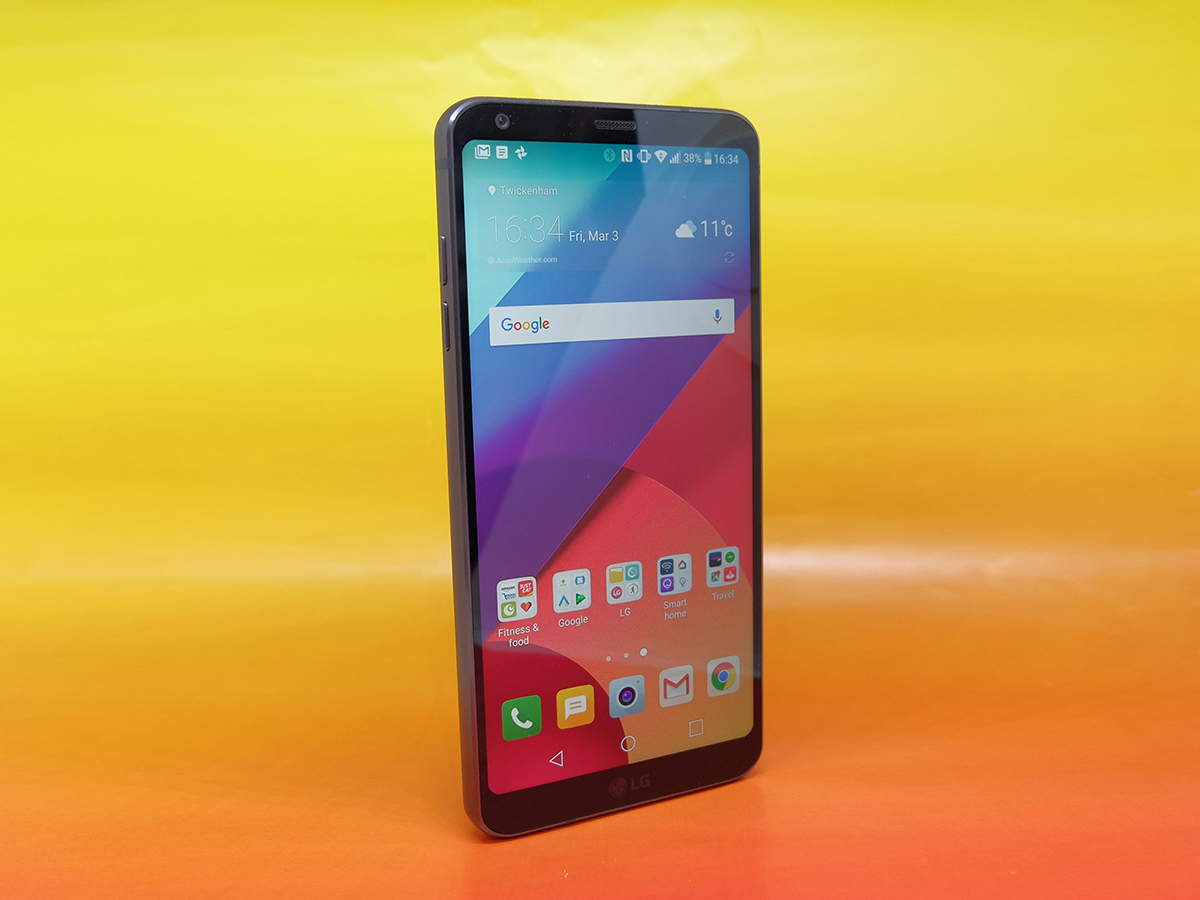
After the swing-and-a-miss that was the modular G5, LG badly needs the G6 to hit a home run.
It doesn’t do anything drastically daring, with LG instead concentrating on the features people actually want from their flagship phones: plenty of power, a gorgeous screen, and a quick camera that takes great photos.
The super-slim bezels and front-filling display are sure to turn heads, while waterproofing, microSD expansion and Android Nougat (with Google Assistant, no less) are the icing on the cake: the G6 really is the most complete phone LG has ever made.
Anyone with a G5 sat in their pocket may feel rightly annoyed that the modular life they bought into hasn’t materialised, but two year contracts mean they probably won’t be buying one of these – so it’s difficult to criticise it too much.
Battery life isn’t as impressive as I was hoping, however, and that 18:9 aspect ratio isn’t quite so attention-grabbing now the Galaxy S8 has arrived with something similar – especially as Samsung has now added curved screens into the mix. Is it the better phone? That’ll have to wait until we’ve got both handsets in the office and can compare them side-by-side.
Even against such strong competition, though, the G6 is still one of the most visually arresting flagship phones out there, barely putting a foot wrong across the board. And you can’t ask for much more than that.
Buy the LG G6 SIM free here, or check out the best contract deals here
READ MORE › The 10 best smartphones in the world right now
Tech specs
| SCREEN | 5.7in, 18:9 aspect ratio, 2880×1440 IPS LCD w/ HDR |
| CPU | Qualcomm Snapdragon 821 quad-core |
| MEMORY | 4GB RAM |
| CAMERA | 2x 13MP rear w/ PDAF, wide angle lens & dual flash, 5MP front |
| STORAGE | 32GB on-board, microSD card expansion |
| OPERATING SYSTEM | Android 7 Nougat w/ LG UX 6.0 |
| BATTERY | 3300mAh non-removable |
| DIMENSIONS | 149x72x7.9 mm, 163 g |
Stuff Says…
The G6 doubles down on the things people actually want their phones – and the end result is the best one LG has ever made
Good Stuff
Gorgeous looks thanks to those super-slim screen bezels
Superb screen with HDR and clever software to properly use that new aspect ratio
Camera quality is great in both standard and wide angle modes
Bad Stuff
Battery life is merely average

